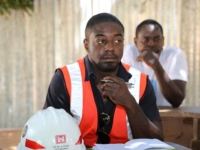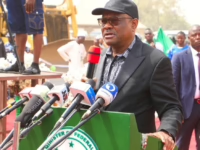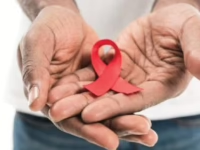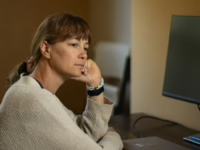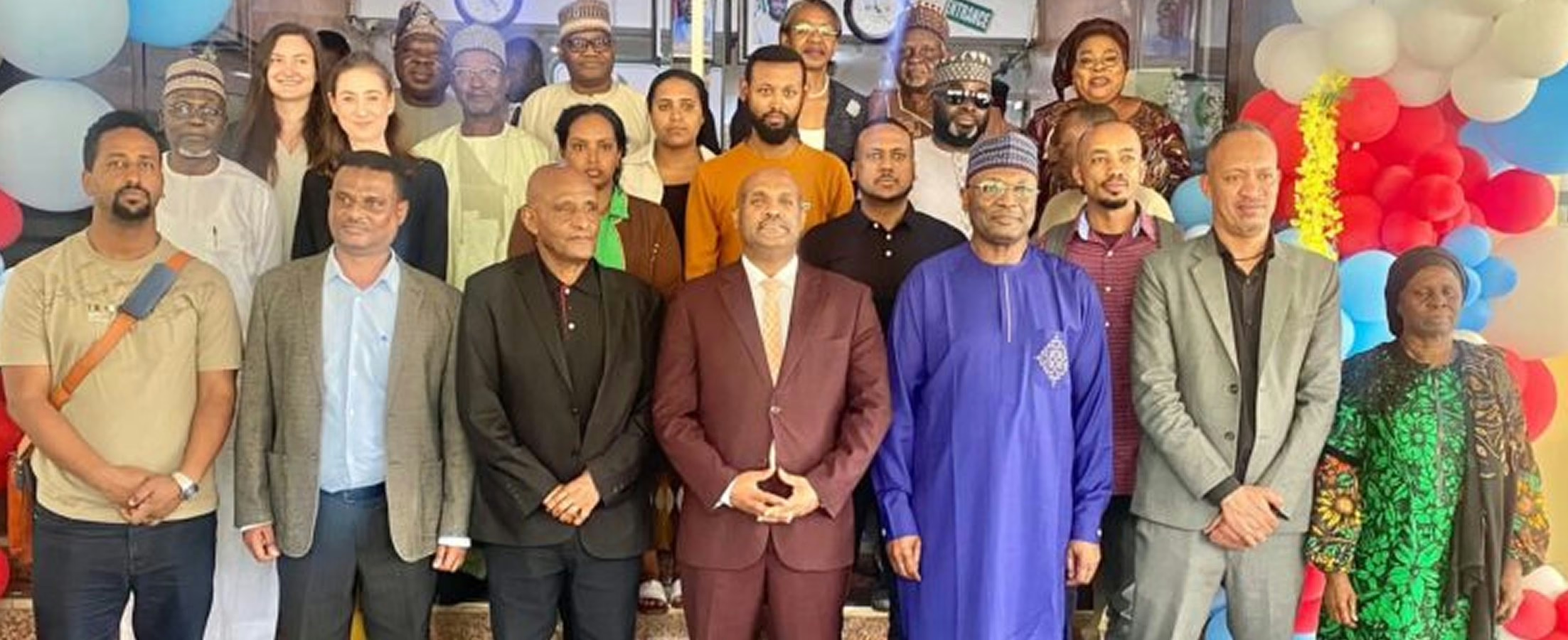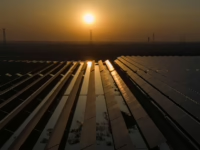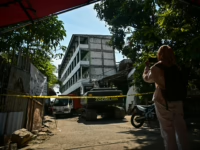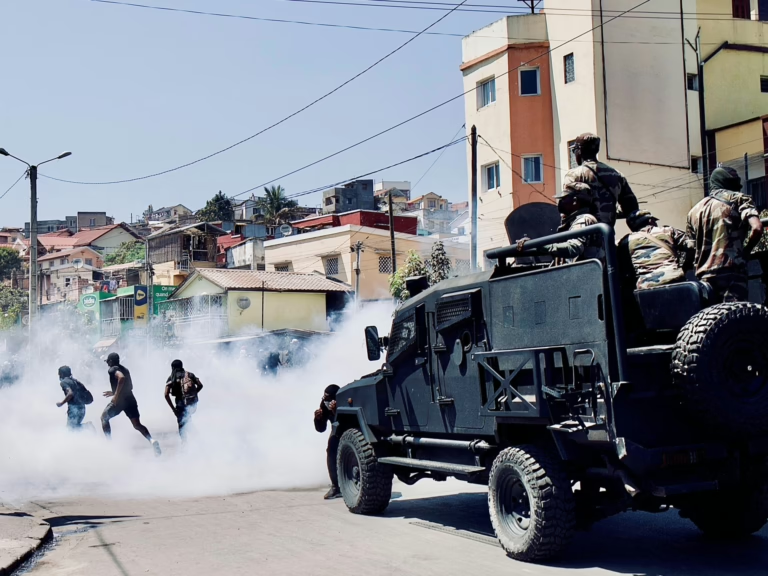Protests sparked by worsening living conditions have resulted in 22 fatalities, according to United Nations reports.
In response to widespread demonstrations over persistent power outages and water scarcity that escalated into violence, Madagascar’s President Andry Rajoelina has announced the dissolution of his cabinet. The United Nations has confirmed that these clashes have claimed the lives of at least 22 individuals, with over 100 others sustaining injuries.
Originating last week and persisting into Monday, the protests were predominantly led by the youth, who voiced their frustration over the declining quality of life in the capital city, Antananarivo.
Analysts consider these events the most significant threat to Rajoelina’s leadership since his 2023 re-election, marking the most intense period of civil unrest the island has experienced in recent years.
On Monday, demonstrators congregated at the main university in Antananarivo, holding banners and singing the national anthem before attempting to advance toward the city center, as captured by local broadcaster 2424.MG.
Authorities responded by deploying tear gas to break up the crowds and enforcing a curfew from dusk until dawn, which has been active since the onset of the protests. Security personnel also resorted to rubber bullets in efforts to suppress the disturbances.
Reports have emerged of looting targeting supermarkets, electronics stores, and banks throughout the capital, which houses approximately 1.4 million residents. Additionally, residences of political figures have been attacked amid the turmoil.
President Commits to Engagement
During a televised speech on Monday, President Rajoelina recognized the public’s grievances and expressed regret over his administration’s shortcomings. “We admit and apologize if government officials have failed to fulfill their responsibilities,” he stated on the national channel Televiziona Malagasy (TVM).
He pledged to implement support initiatives for businesses affected by the unrest and emphasized his intention to establish open communication with the younger generation. “I comprehend the anger, sorrow, and hardships caused by the interruptions in electricity and water supply. I have heard the calls, felt the pain, and grasped the impact on everyday life,” he remarked.
The protests stem from deep-seated economic struggles. Madagascar, located off Africa’s southeastern coast, remains one of the continent’s most impoverished nations.
According to World Bank data from 2022, nearly three-quarters of its 30 million inhabitants live below the poverty threshold.
Many demonstrators hold the current government accountable for the lack of progress, especially as recurrent blackouts and water shortages continue to disrupt normal routines.
Fatalities and Contested Numbers
The UN High Commissioner for Human Rights reported that the casualties include protesters and innocent bystanders killed by security forces, as well as individuals who lost their lives during looting and violent acts perpetrated by unrelated criminal groups.
However, Madagascar’s Ministry of Foreign Affairs disputed these statistics, claiming they are not derived from official sources but rather from “rumors or misinformation.”
Organizers of the protests have drawn inspiration from youth-led uprisings in countries such as Kenya, Nepal, and Morocco. Notably, demonstrators in Antananarivo displayed a flag recently used in Nepal, where protests earlier this month compelled the prime minister to step down.
The movement in Madagascar has been largely orchestrated through social media platforms, especially Facebook, mirroring the digital mobilization seen in Kenya last year, which successfully pressured the government to retract proposed tax reforms.





